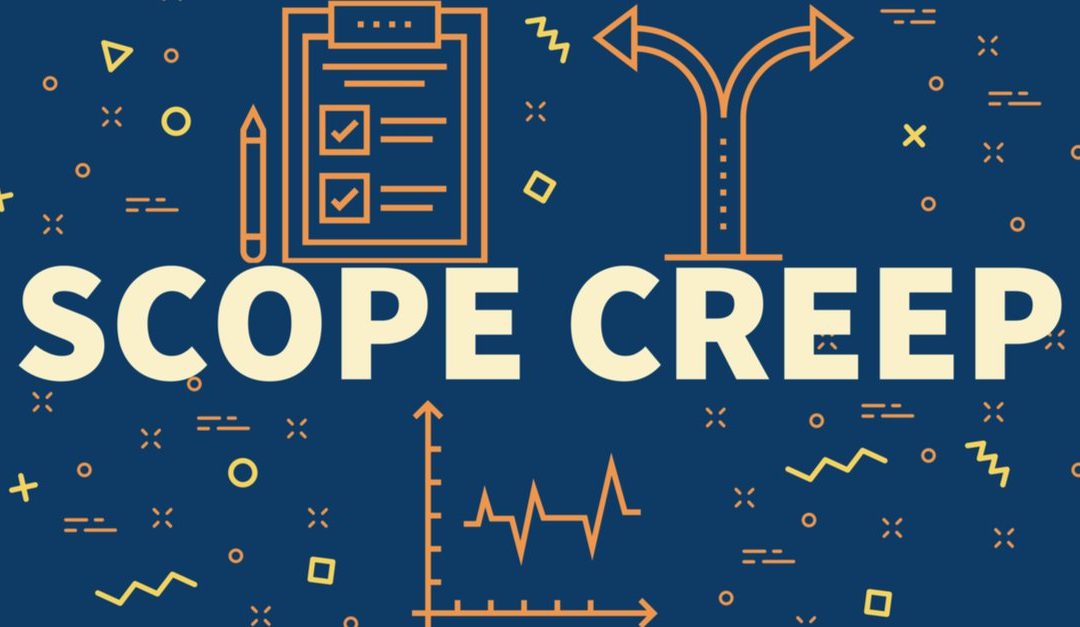For Developers, scope management is the difference between making and losing money on a development project. For Clients, scope management is the difference between a project being delivered on-time and on-budget, or not.
Capture and Document Changes
An effective scope management process has a clear method for capturing, documenting, and estimating changes when they happen. This process features these steps:
- Capture new functional requirements.
- Document new functional requirements in the format of User Stories.
- Document requirements for testing new functionality in the format of User Acceptance Tests ( UATs ).
- Estimate time and costs to develop new functionality.

When changes have been captured, documented, estimated, and submitted for review, the next step is to manage the change process by having the Client choose one of these options for each change.
Do It Now
Select changes are prioritized for immediate development. The current development Sprint scope, timeline, and budget are adjusted to add the new development.
Do It Later
Some changes will not be developed immediately. These changes are moved to the “Backlog” for review at the end of the current development Sprint.
Don’t Do It
Some changes will not be developed at all. These changes are deleted, and are not added to the “Backlog.”
Highlight changes as they happen, and empower Clients with clear choices using these scope management practices.


Recent Comments